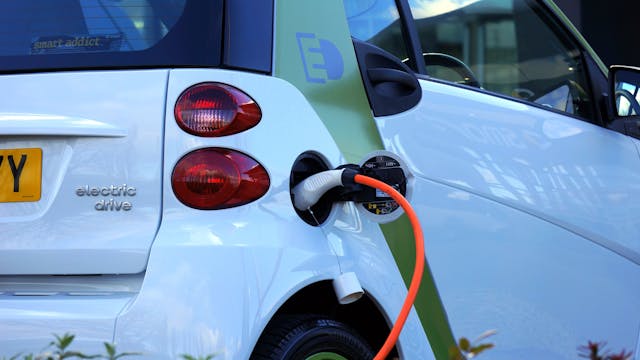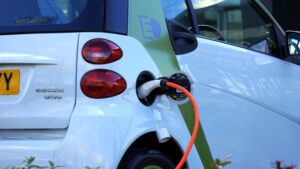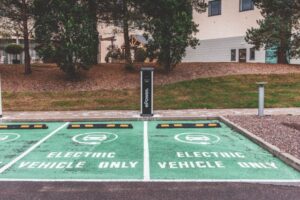Electric vehicles (EVs) have become a popular and sustainable alternative to traditional gasoline-powered cars. Despite their many advantages, such as being able to recharge at home or public charging stations, EVs cannot recharge themselves while in motion. Here are several reasons why this isn’t feasible:
1. Limited Battery Capacity
Electric cars run on batteries that store the electricity needed to power them. These batteries have finite storage capacity and cannot accommodate an endless supply of energy. For an EV to charge itself while driving, it would need to constantly generate and store electricity, necessitating a much larger, heavier battery.
Such an increase in size and weight would raise production costs, decrease energy efficiency, and compromise the overall design of the vehicle.
2. Inefficient Energy Conversion
Even if EVs had infinite storage, converting energy into a usable form during motion is inefficient. Charging requires energy transfer from an external source, such as a charging station, to the battery. During this process, some energy is inevitably lost as heat.
If an EV attempted to charge itself while driving, energy would have to be redirected from the wheels—powered by the electric motor—back into the battery. This process would be far less efficient since the wheels are not optimized for energy generation and would produce minimal power.
3. Lack of Required Infrastructure
For EVs to charge while driving, specialized infrastructure would be needed to transfer electricity from the road to the car. One potential solution is inductive charging, where a magnetic field transfers current from a charging pad embedded in the road to a receiver in the vehicle.
However, this technology is still in its early stages and not widely available. Retrofitting existing roadways with such charging pads would require significant time, cost, and resources, while equipping EVs with the necessary receivers would also be expensive.
4. Safety Risks
Charging an EV on the move could introduce various safety concerns. Generating and transferring electricity at high speeds could cause disruptions or damage to roads and surrounding infrastructure. Malfunctions in the system might also lead to electrical accidents, especially in wet conditions or if the car comes into contact with conductive materials.
5. Range and Efficiency Challenges
Electric vehicles already face range limitations compared to gasoline-powered cars. While charging on the move could theoretically extend an EV’s range by generating additional electricity, the inefficiency of this process makes it impractical. The energy gained would likely be insufficient to meaningfully offset the energy consumed during driving.
6. High Costs of Development and Implementation
Developing self-charging technology for EVs would require significant investment in research and development. Additionally, installing and maintaining the necessary infrastructure, such as road-embedded charging pads, would be costly and time-intensive. These expenses would likely outweigh the benefits, making the approach less viable for widespread adoption.
Conclusion
At present, electric cars cannot charge themselves while driving due to limitations in battery capacity, inefficiencies in energy transfer, lack of supporting infrastructure, and associated safety and cost challenges. While advancements in EV technology continue, external charging stations will remain the primary method for recharging EVs for the foreseeable future.


